Irma Stacks Up With The Most Dangerous Hurricanes On Record
WASHINGTON — Hurricane Irma, which maintained maximum wind speeds of 185 mph for well over 24 hours, looks poised to go down as one of the most powerful hurricanes on record.
President Donald Trump’s assessment of the storm on Wednesday morning may have been bizarrely celebratory ― as was his earlier response to Hurricane Harvey ― but it also was (nearly) spot-on. Irma is indeed the strongest hurricane ever recorded in the Atlantic Ocean, according to the National Hurricane Center. To be clear, that assessment doesn’t include measurements of hurricanes in the Caribbean Sea or the Gulf of Mexico, where Atlantic-born storms may travel and increase in strength.
Hurricane looks like largest ever recorded in the Atlantic!
— Donald J. Trump (@realDonaldTrump) September 6, 2017
Irma is also up there among the strongest tropical cyclones measured at landfall anywhere on Earth, as meteorologist Eric Holthaus noted on Twitter. In Irma’s case, that landfall was in the Leeward Islands late Tuesday and Wednesday.
With multiple Caribbean landfalls today, Hurricane #Irma is now tied for the 2nd-strongest landfall in recorded history, anywhere on Earth. pic.twitter.com/4CSOMGQIbD
— Eric Holthaus (@EricHolthaus) September 6, 2017
This “extremely dangerous” Category 5 hurricane is still barreling through the Caribbean. It threatens to make a direct hit on the mainland United States just days after Harvey slammed into the Gulf Coast as a Category 4 storm, bringing record rainfall and catastrophic flooding to Texas and Louisiana.
If Irma maintains its strength and hits the U.S., it would mark the first time on record that two Category 4 or stronger hurricanes made landfall on the U.S. mainland in a single year. As meteorologist Philip Klotzbach pointed out on Twitter, only twice before have consecutive, named Atlantic storms made landfall in the U.S. as major hurricanes. There were a pair of storms in 1893 and hurricanes Ivan and Jeanne in 2004.
Irma also made history by maintaining wind speeds of 185 mph for 37 straight hours, which Klotzback noted is “the longest a [tropical cyclone] was that strong anywhere around globe in satellite era (since 1966).” Hurricane Haiyan held the record previously; it maintained 185 mph winds for 24 hours in 2013.
#Irma had winds of 185 mph for 37 hr, the longest a TC was that strong anywhere around globe in satellite era (since 1966). Irma now 175 mph pic.twitter.com/VkLaakwmhN
— Philip Klotzbach (@philklotzbach) September 7, 2017
As historic and costly as back-to-back Harvey and Irma could prove to be, Klotzbach noted that prior to Harvey, the country went nearly 12 years without a major hurricane (Category 3 or higher) making landfall — the longest period on U.S. record. The most recent major hurricane prior to Harvey was Wilma, which struck Florida on Oct. 25, 2005.
“Sometimes that’s how Mother Nature evens out the odds ― it does it in a hurry,” Klotzbach told HuffPost.
That’s not to make light of the current situation. Klotzbach — who’s keeping a log of Irma’s “most notable meteorological records” — called the hurricane an “impressive,” “serious” and, in many ways, “perfect” storm. There is a theoretical maximum intensity for storms in certain environments, he said, and Irma is “pushing that limit.”
Gerry Bell, a hurricane climate specialist and research meteorologist at the National Oceanic and Atmospheric Administration’s Climate Prediction Center, echoed that message. He told HuffPost that conditions do not get more favorable for hurricanes than they’ve been for Irma, with warm water temperatures, weak wind shear and other factors.
“It’s hard to get a storm in the Atlantic stronger than Irma,” Bell said.
Love HuffPost? Become a founding member of HuffPost Plus today.
This kind of forecast makes me physically sick. Because I know what's coming and there's nothing I can do.
Please, please, please be ready. https://t.co/waJz2fq54u— Eric Holthaus (@EricHolthaus) September 6, 2017
Harvey was uncharted territory for rainfall & Irma fast approaching uncharted territory for Atlantic wind speed. Insane back-to-back storms
— Brian L Kahn (@blkahn) September 5, 2017
One area in which Irma may hopefully fall short of Harvey is total rainfall and subsequent flooding. Harvey stalled over Texas, allowing it to dump an estimated 27 trillion gallons of rain over that state and Louisiana in a six-day period, with some locations seeing more than 4 feet. Irma, on the other hand, is forecast to keep moving, Bell noted.
“That more progressive movement will help to limit extreme rainfall totals,” he said.
Much like Harvey, Irma’s destructive power is likely being fueled in part by climate change, scientists say. In an interview Wednesday on SiriusXM’s “POTUS Politics,” Michael Mann, a climate scientist at Pennsylvania State University, said there is no precedent for what is happening right now.
“There are certain things we can conclude with great confidence about the way that climate change is amplifying the impacts of these storms,” Mann told SiriusXM. “Not creating them ― we can’t say that climate change caused Harvey or that it caused Irma. But what we can say is that climate change is amplifying the characteristics of these storms in a way that’s making them more dangerous.”
The rise in global sea levels means there will be more destructive storm surges, he said, and a warmer ocean surface puts more moisture into the atmosphere.
“This is no longer theoretical,” Mann said. “It’s no longer subtle. We are seeing the impacts of climate change now playing out in real time.”
With warm ocean temperatures still in Irma’s path, “the potential for the intensity of the storm to be sustained, or even enhanced, as it approaches Florida are quite high,” Kevin Trenberth, a senior scientist at the U.S. National Center for Atmospheric Research, told HuffPost.
“The key word is ‘watch out,’” he said.
This article has been updated with details about Irma’s continued strength.
Also on HuffPost
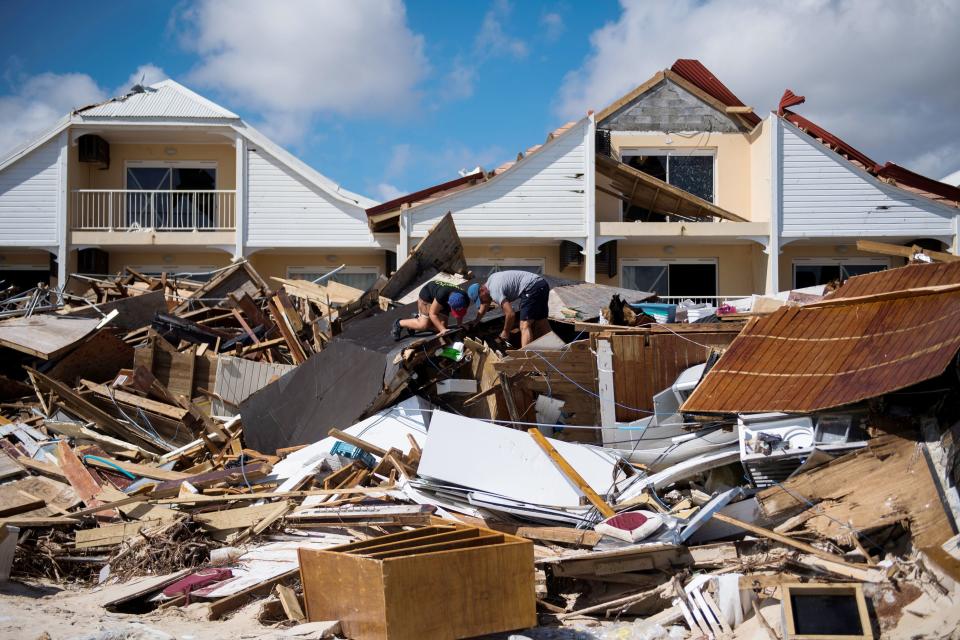
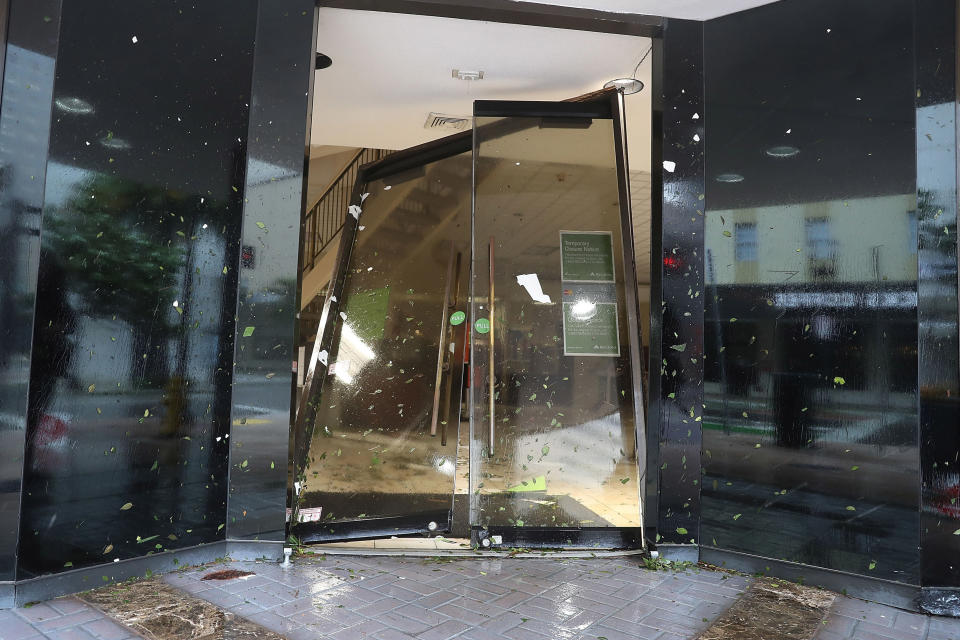

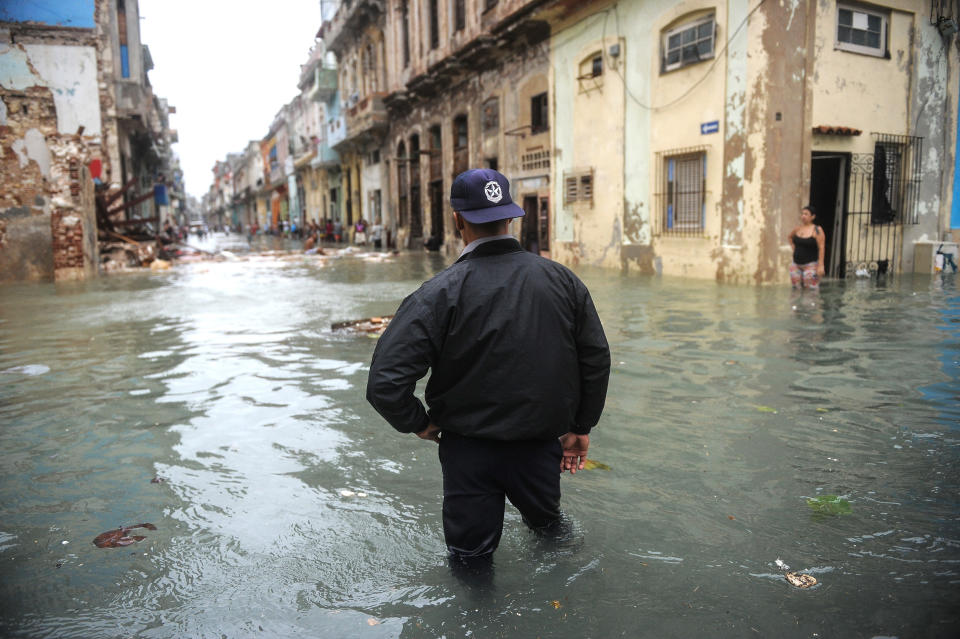
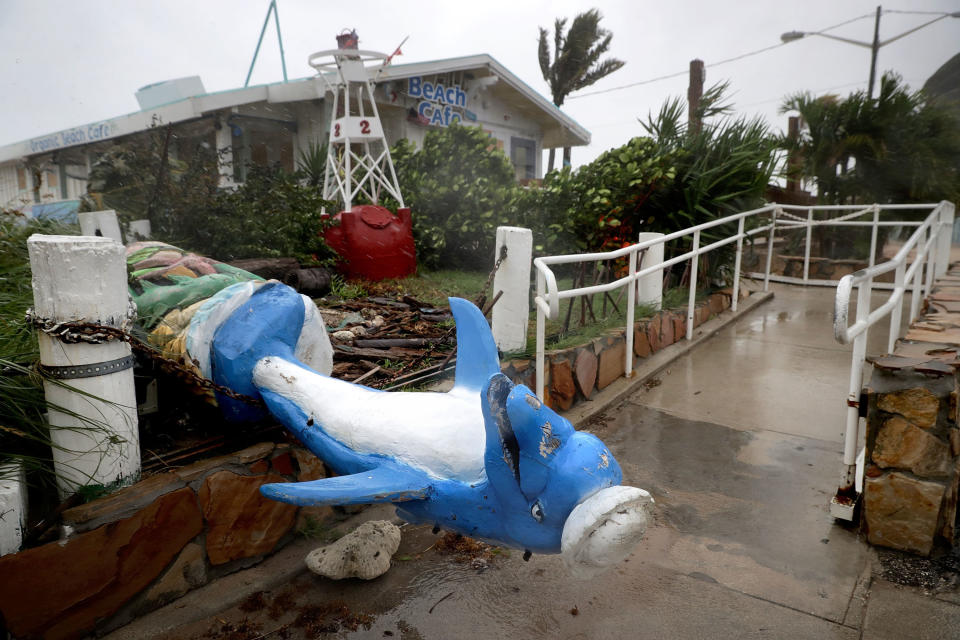


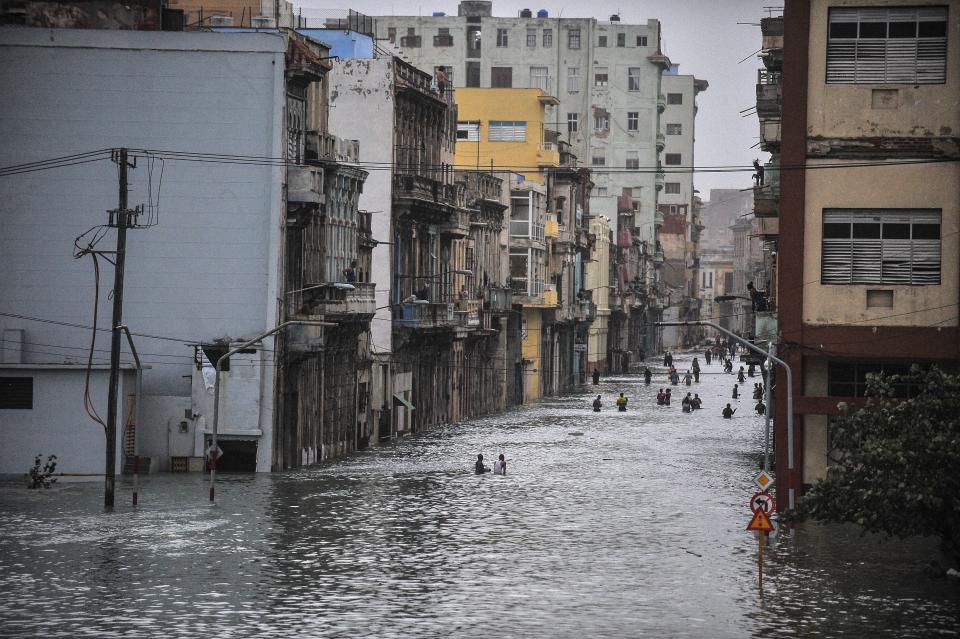
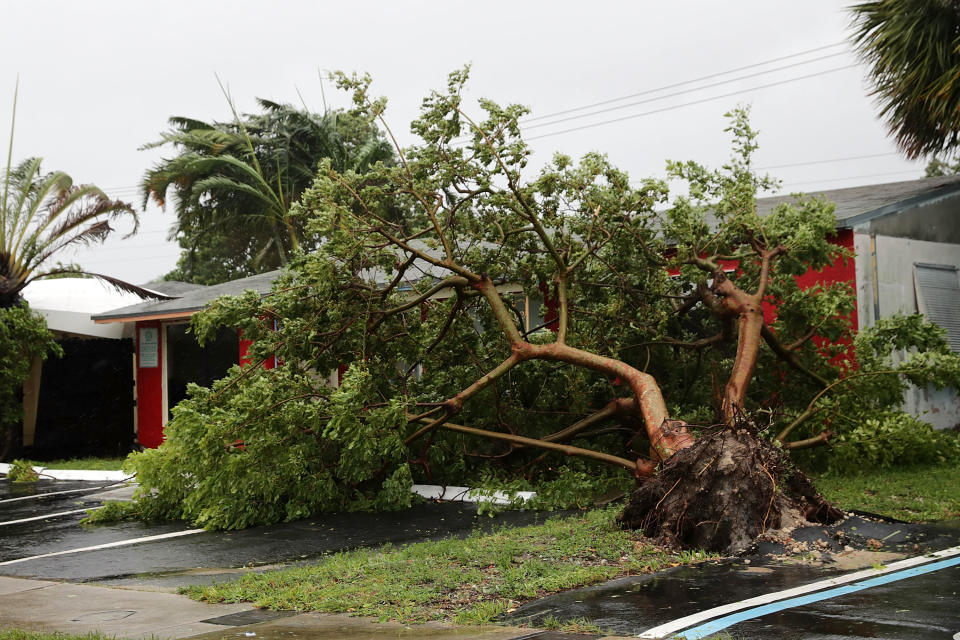




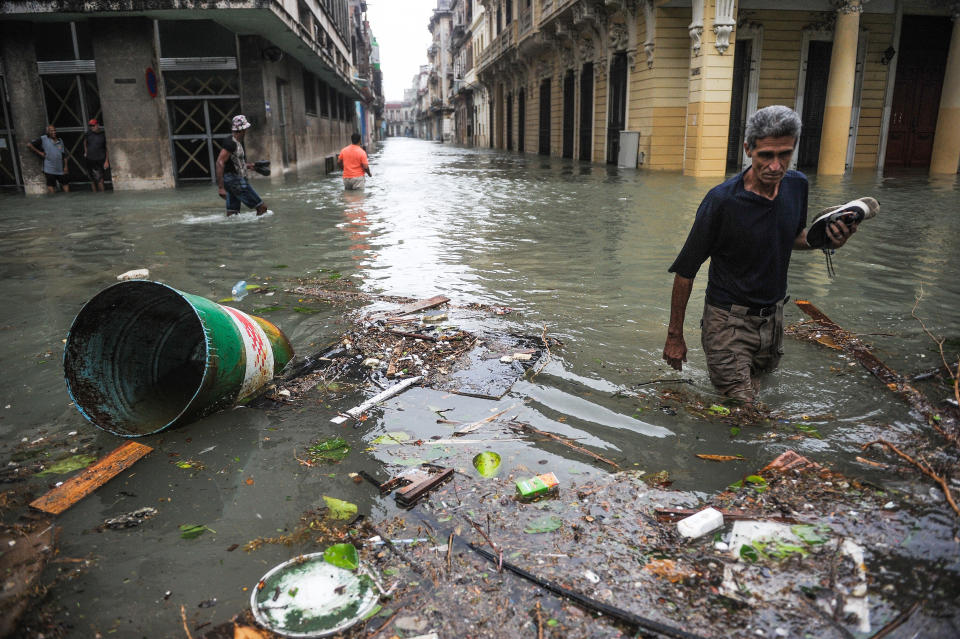


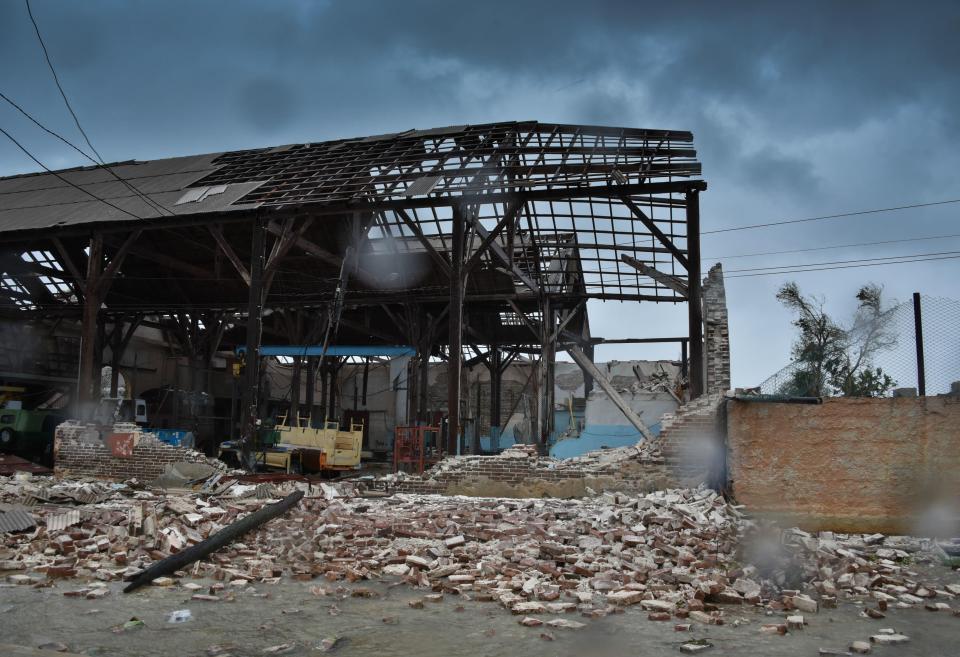


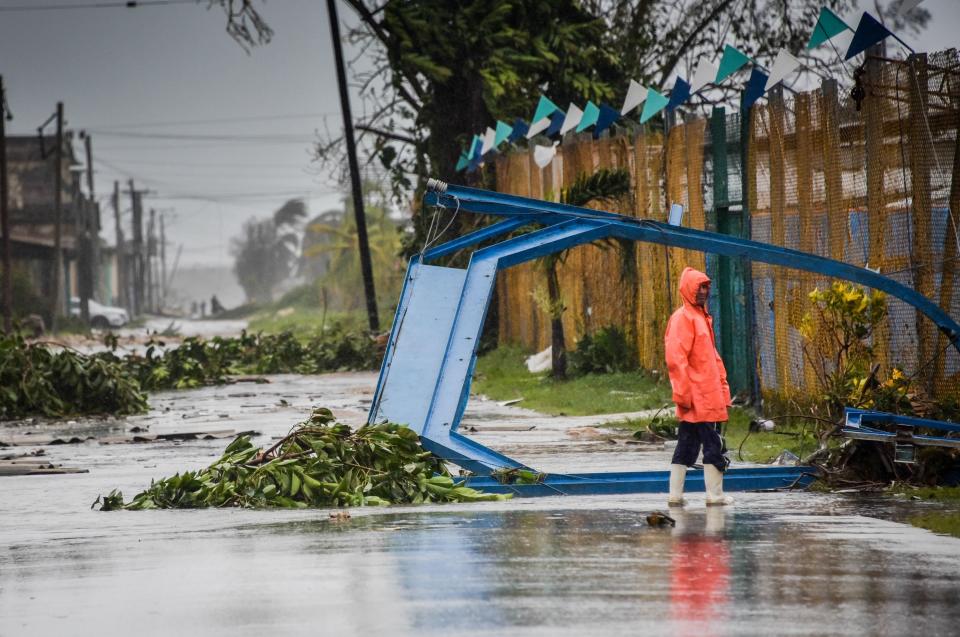

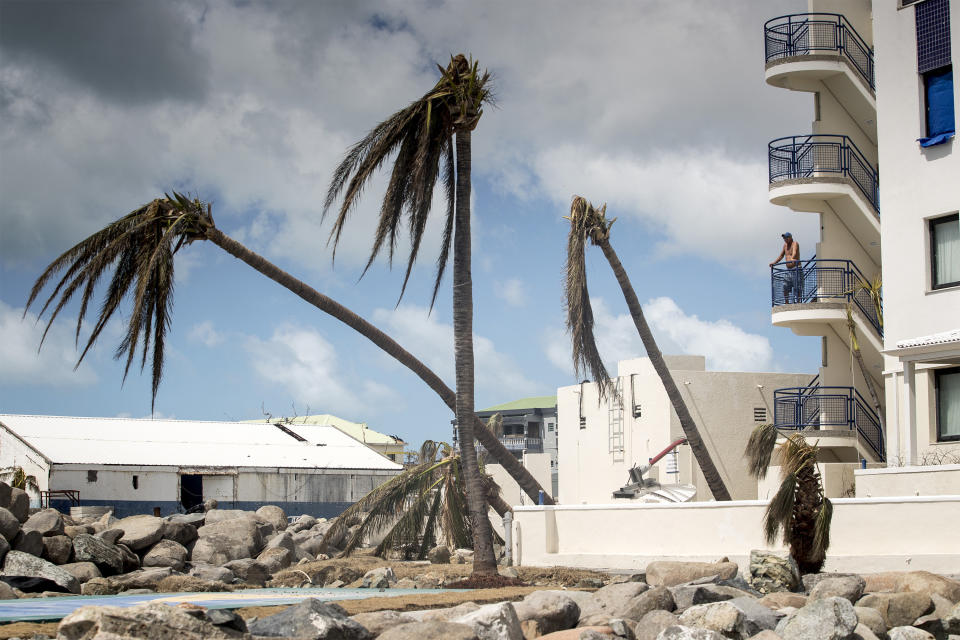
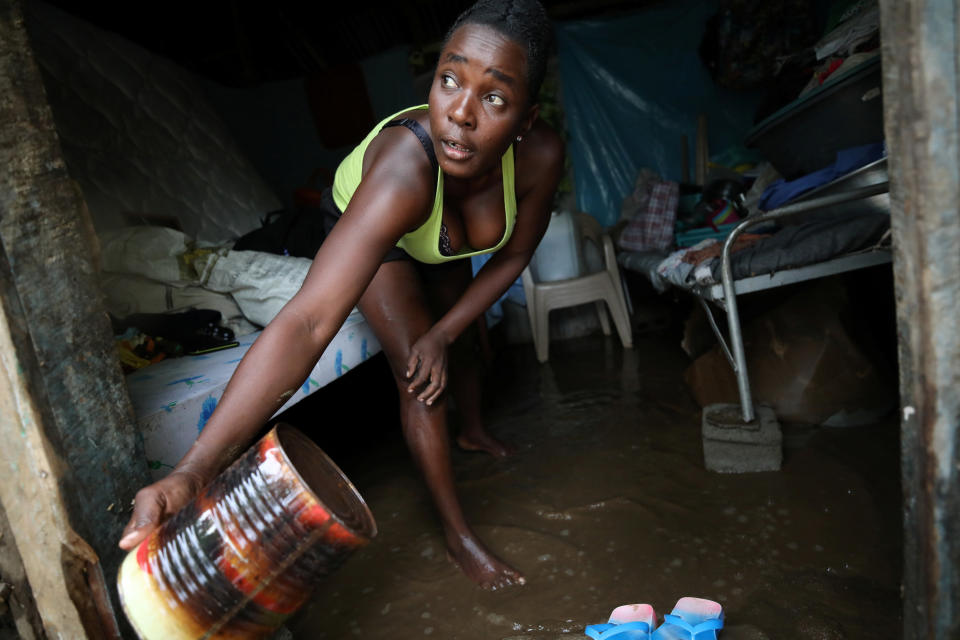






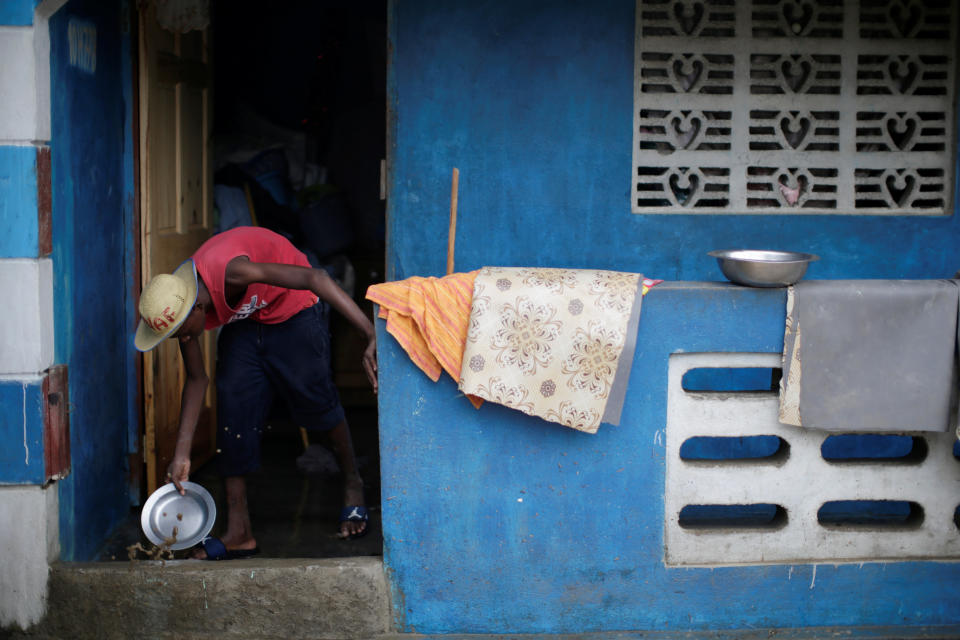

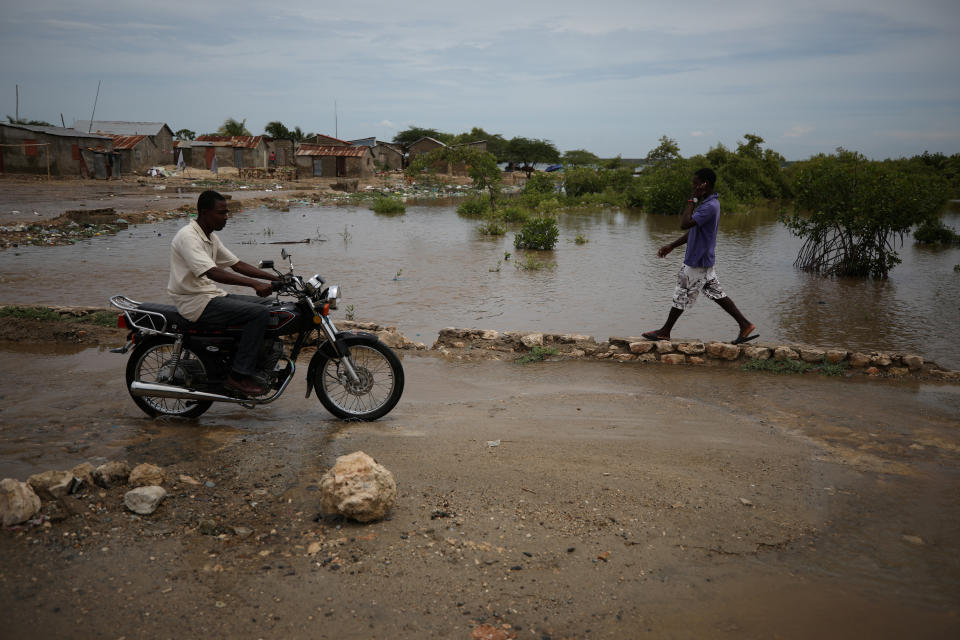



This article originally appeared on HuffPost.

